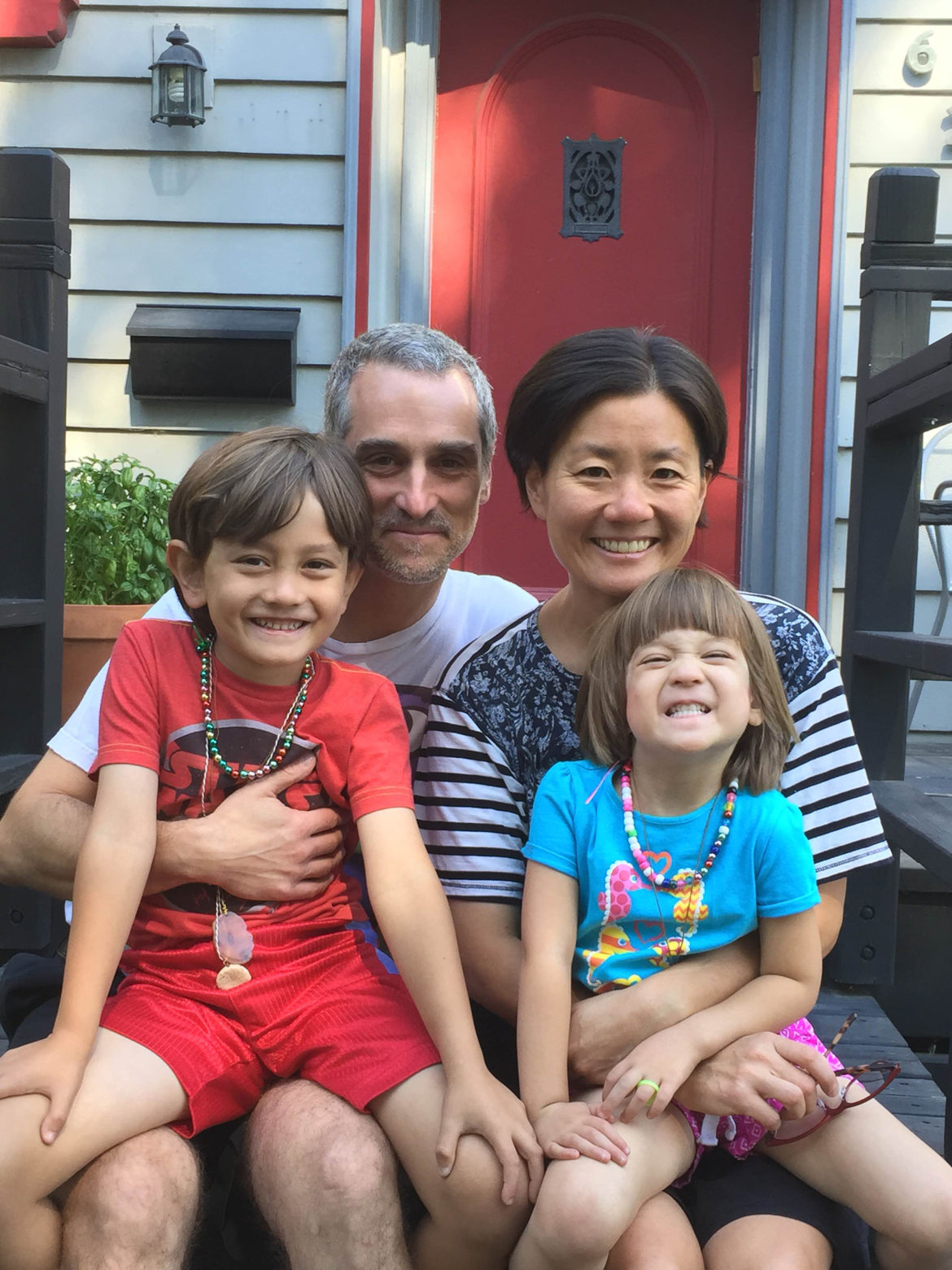Embodying the Oppressed and the Oppressor: Critical Mixed Race Studies for Liberation and Social Justice EducationPosted in Asian Diaspora, Dissertations, Media Archive, Social Justice, Teaching Resources, United States on 2017-05-03 02:21Z by Steven |
University of San Francisco
April 2017
71 pages
A Thesis Presented to The Faculty of the School of Education International and Multicultural Education Department In Partial Fulfillment Of the Requirements for the Degree Master of Arts in International and Multicultural Education
This study will focus on the educational and social experiences of mixed race Filipinx PEP (Pin@y Educational Partnerships) instructors in the San Francisco/Bay Area and the connection of these various, lived experiences to their teaching pedagogy and praxis in Ethnic Studies curriculum. The main purpose of this research is to create additional evidence for the need of critical mixed race studies and acknowledgement of mixed race students’ unique experiences to be valued and included in Ethnic Studies curriculum. In addition, the research will also serve as reaffirmation of not only the efficacy of Ethnic Studies curriculum but also the need for Ethnic Studies at a national and global level for every student regardless of race or cultural background. This research will also examine the ways in which knowing ourselves in connection to our personal histories, ethnicities, and traditions can not only create a stronger sense of identity but also provide the transformation needed for social justice education and activism. When an individual is able to self-actualize and evolve through education, decolonization, and identity formation, they are potentially in a space where they can utilize this knowledge through education and social justice initiatives to teach youth along with connecting and contributing to their local communities.
By conducting detailed qualitative interviews with mixed race PEP teachers, I aim to further reconcile what it means to be a mixed race Filipinx individual specifically teaching Filipinx history and culture in connection to the larger conceptualization of mixed race identity being integrated into Ethnic Studies curriculum. Through the various experiences of PEP instructors, what does it mean to be a mixed race PEP teacher, teaching Filipinx history while grappling with their own identify formation, and how does that play a role into how they teach? Because of the complex nature of mixed race individual experiences, research suggests that mixed race experiences are not yet fully captured by the existing critical theories because a majority of these theories cater to monoracial identities and realities. This study aims to disrupt and dispel stereotypical notions of race, recognize the lived experiences of mixed race individuals, and push forward Ethnic Studies curriculum for all students at all levels.
Read the entire thesis here.







